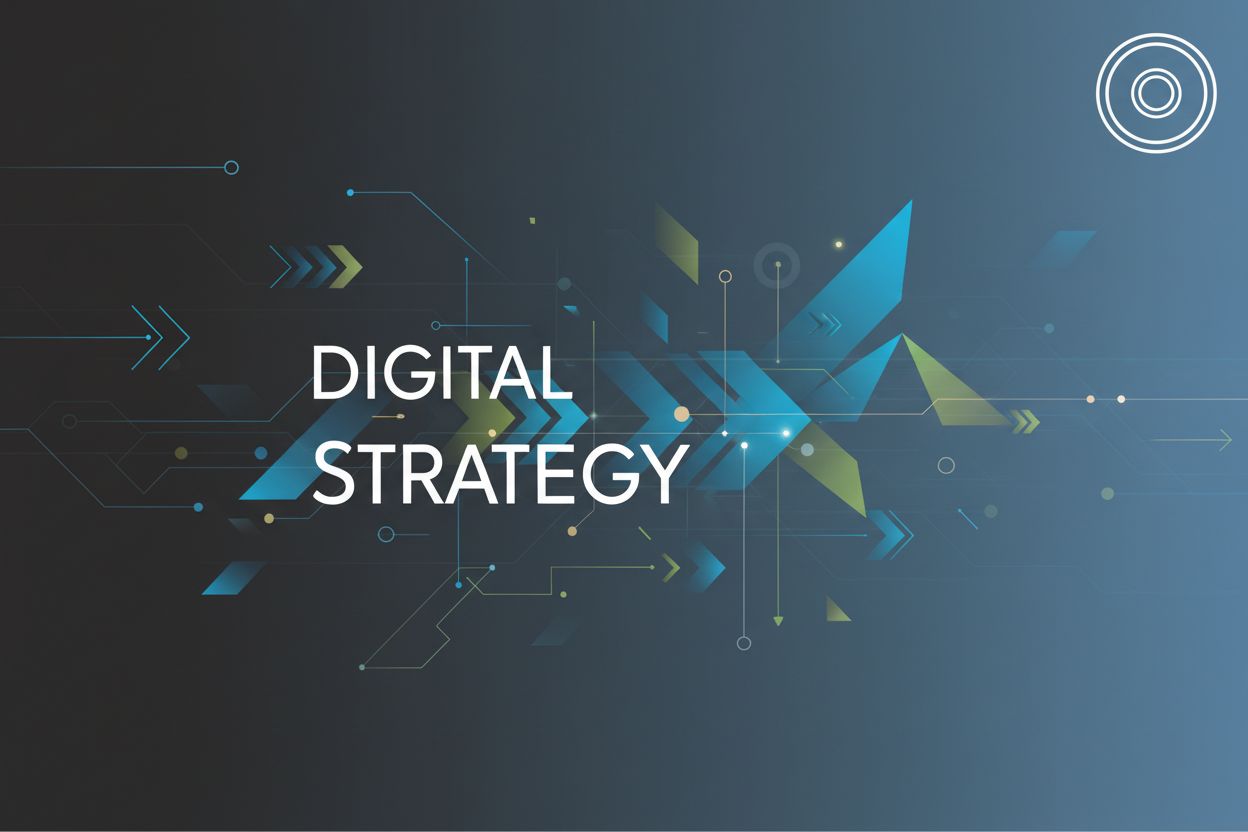AI-Driven Competitive Brand Analysis: A Strategic Imperative for Digital Transformation
TL;DR
The Rise of AI in Competitive Brand Analysis
AI is rapidly changing how brands understand their competitive landscape. But can algorithms truly grasp the nuances of brand perception?
Traditional brand analysis relies on time-consuming methods.
- Surveys and focus groups offer direct customer feedback but are limited in scale and prone to bias.
- Manual data collection from social media and online reviews is labor-intensive and struggles to process large volumes of data efficiently.
- Reactive analysis means brands often respond to trends after they've already peaked.
AI offers a powerful alternative. The Competitive Advantage of Using AI in Business highlights AI's ability to process vast datasets quickly. AI algorithms can analyze millions of data points from diverse sources to provide ARTIFICIAL INTELLIGENCE AND REIMAGINING OF PRODUCT COMPETITIVENESS: AN ANALYSIS OF EMERGING DETERMINANTS offers real-time adaptability.
AI provides many benefits for brand analysis.
- Improved decision-making: AI delivers data-driven insights for strategic choices.
- Enhanced accuracy and speed: AI algorithms process information faster and more accurately than humans.
- Trend identification: AI uncovers emerging trends and opportunities that might otherwise be missed.
- Customer understanding: AI helps businesses better understand customer sentiment and behavior.
As AI evolves, it will continue to transform brand analysis. Next, we'll explore how AI enhances data-driven decision-making.
AI Tools and Techniques for Brand Analysis
AI's analytical power is transforming brand analysis. But how do these tools actually work? Let's explore some key AI tools and techniques that are revolutionizing the way brands understand their market position.
AI-driven brand analysis starts with gathering massive amounts of data.
- Web scraping tools automatically extract information from websites, including product details, pricing, and customer reviews.
- Social media listening tools monitor platforms for brand mentions, hashtags, and relevant conversations.
- Natural Language Processing (NLP) algorithms analyze text data to understand the context, sentiment, and intent behind customer comments.
- Image recognition identifies logos, products, and brand-related imagery in photos and videos to gauge visual brand presence.
AI excels at gauging public opinion about brands.
- Sentiment analysis algorithms identify the emotional tone of text and images, classifying them as positive, negative, or neutral.
- Brand reputation monitoring tools track online reviews, news articles, and social media posts to identify potential crises or PR opportunities.
- Customer feedback analysis tools analyze survey responses, support tickets, and chat logs to understand pain points and areas for improvement.
AI helps brands stay ahead of the curve.
- AI models analyze historical data to predict future market trends, such as shifts in consumer preferences or emerging product categories.
- Competitor analysis tools monitor competitor strategies, product launches, and marketing campaigns to identify opportunities and threats.
- Emerging needs identification tools analyze customer data to uncover unmet needs and preferences, guiding product development and innovation.
As AI continues to evolve, its ability to predict trends and forecast market changes will become even more sophisticated. Next, we'll look at how AI can be used to predict trends and forecast market changes.
Implementing AI-Driven Brand Analysis: A Practical Guide
AI implementation can seem daunting, but with a strategic approach, it becomes manageable. Are you ready to transform your brand analysis?
Start by clearly defining what you want to achieve with AI-driven brand analysis. Do you want to increase market share, improve brand perception, or benchmark against competitors?
- Set specific goals. For example, a healthcare provider might seek to improve patient satisfaction scores by 15% within six months.
- Identify relevant Key Performance Indicators (KPIs). These could include brand awareness, customer satisfaction, and competitor benchmarking.
- Ensure your KPIs align with overall business objectives. A financial institution aiming to increase customer loyalty should track metrics like retention rate and Net Promoter Score (NPS).
Next, focus on collecting and managing your data.
- Gather data from diverse sources, including social media, websites, and CRM systems. For instance, a retail company could integrate data from online reviews, customer surveys, and sales transactions.
- Ensure data quality and accuracy by implementing data validation processes.
- Create a centralized data repository for analysis.
This centralized approach streamlines the analysis process and ensures consistency.
Now that you have a strategy, let's explore selecting the right AI tools and platforms.
Case Studies: Successful AI-Driven Brand Analysis
AI's impact is evident in how quickly it identifies patterns. Ready to see how brands harness this power for competitive advantage?
Consider these examples:
- A major healthcare provider uses AI to analyze patient feedback, which helps improve satisfaction scores by 15% within six months.
- Financial institutions employ AI to monitor customer interactions, resulting in higher customer loyalty and retention rates.
- In retail, AI algorithms analyze online reviews and sales data to enhance customer experience and boost sales.
These improvements demonstrate AI's ability to drive tangible results.
AI tools can analyze extensive customer data. Armed with these insights, brands can tailor their offerings to meet customer needs. Up next, more on AI-driven brand analysis.
Ethical Considerations and Challenges
Ethical considerations are crucial as AI adoption grows. What safeguards ensure responsible implementation?
Here are key challenges:
- Data privacy: Comply with regulations like GDPR.
- Algorithm bias: Mitigate bias to ensure fair analysis.
- Security: Protect data from unauthorized access.
Up next, let's explore data privacy and security.
Future Trends in AI-Driven Brand Analysis
AI's future in brand analysis is dynamic. How will machine learning, IoT, and the metaverse shape brand strategies?
- Machine learning will refine predictive models, offering deeper insights.
- IoT integration provides real-time customer behavior data for personalized experiences.
- Brand analysis in the metaverse creates immersive engagement opportunities.






